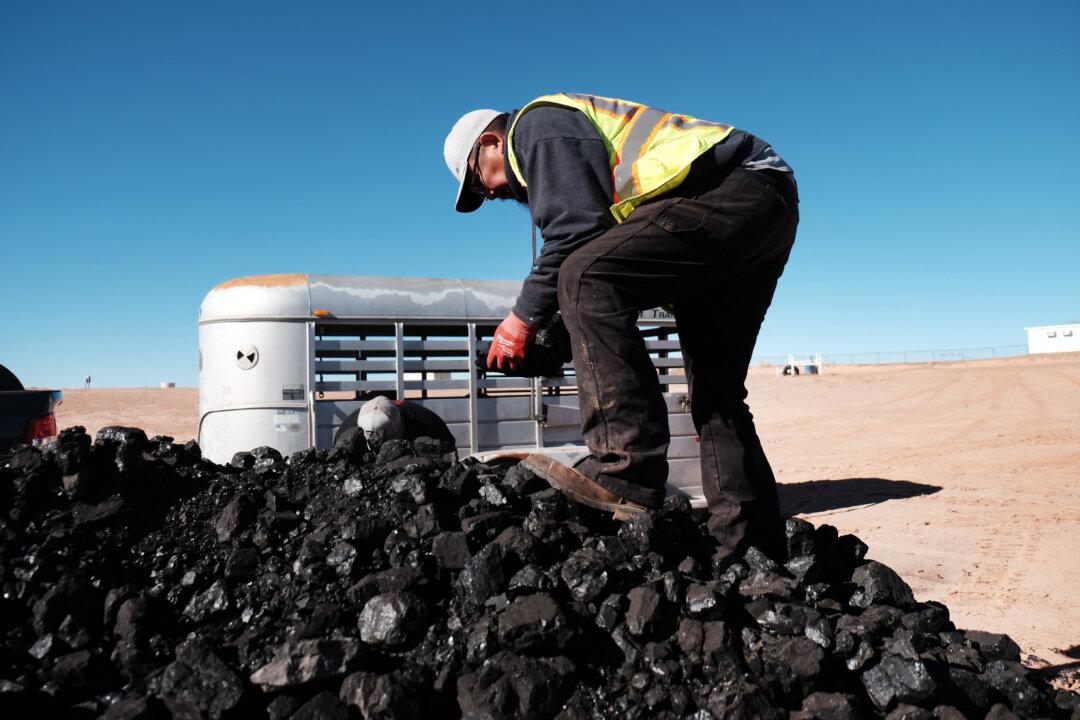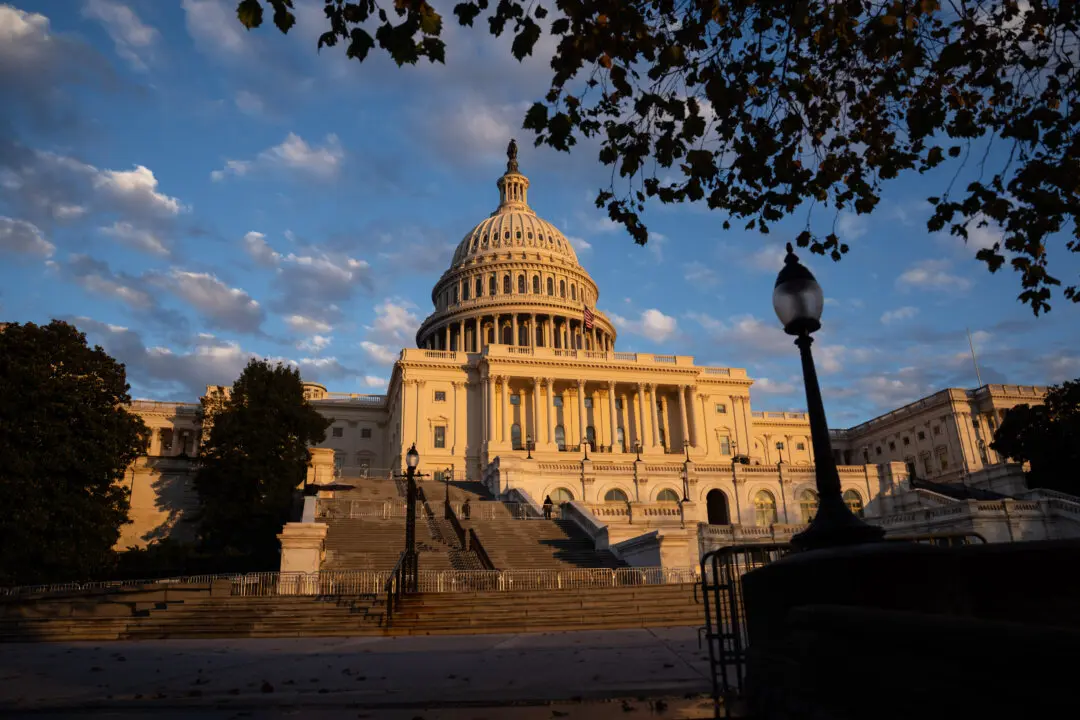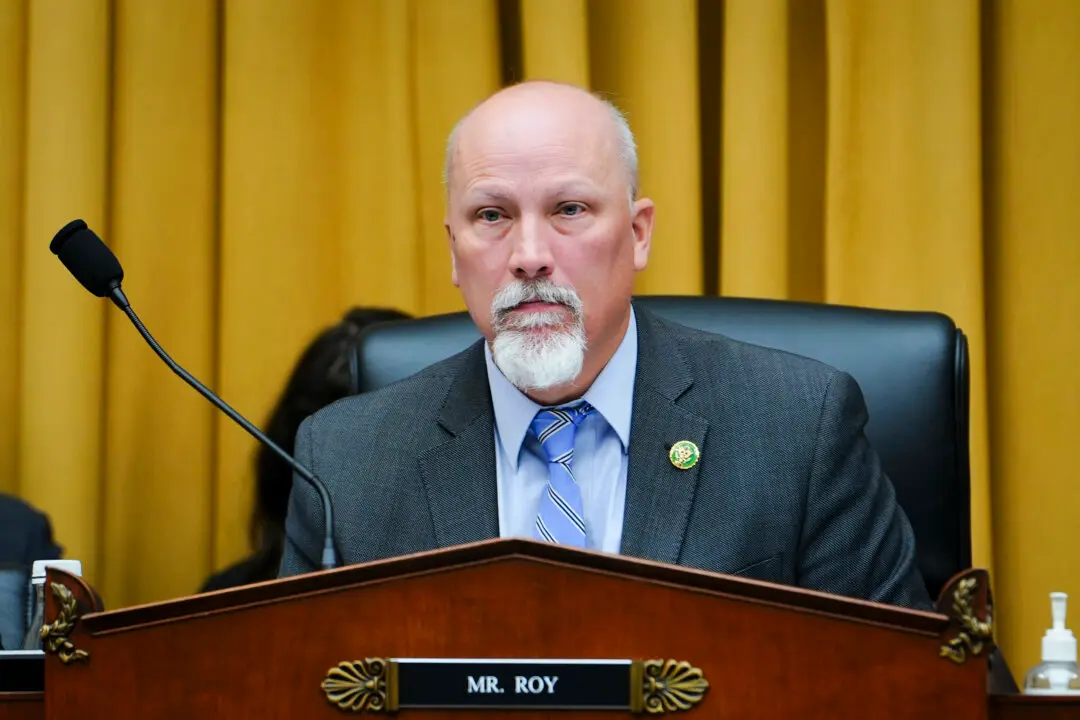The U.S. Energy Information Administration (EIA) says in its latest short-term energy outlook (pdf) that coal inventories in the electric power industry reached 93.7 million tons as of December 2021—an increase since September, when stockpiles hit a historic low not seen since the Carter administration.
Isaac Orr, a policy fellow at the Center of the American Experiment, told The Epoch Times he thinks the increase is a result of warmer-than-expected winter temperatures, greater wind generation, and electric companies’ decisions to conserve coal as a safeguard against potentially extreme winter weather.





